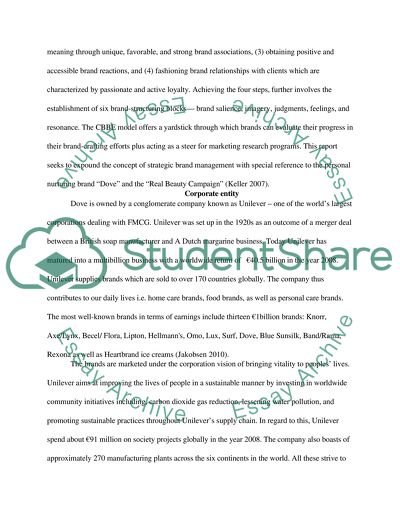Cite this document
(“Strategic Brand Management REPORT on Dove in the UK Essay”, n.d.)
Retrieved from https://studentshare.org/marketing/1478503-strategic-brand-management-report-on-dove-in-the
Retrieved from https://studentshare.org/marketing/1478503-strategic-brand-management-report-on-dove-in-the
(Strategic Brand Management REPORT on Dove in the UK Essay)
https://studentshare.org/marketing/1478503-strategic-brand-management-report-on-dove-in-the.
https://studentshare.org/marketing/1478503-strategic-brand-management-report-on-dove-in-the.
“Strategic Brand Management REPORT on Dove in the UK Essay”, n.d. https://studentshare.org/marketing/1478503-strategic-brand-management-report-on-dove-in-the.


